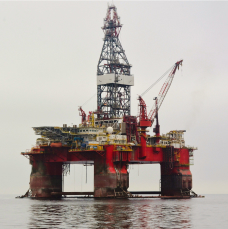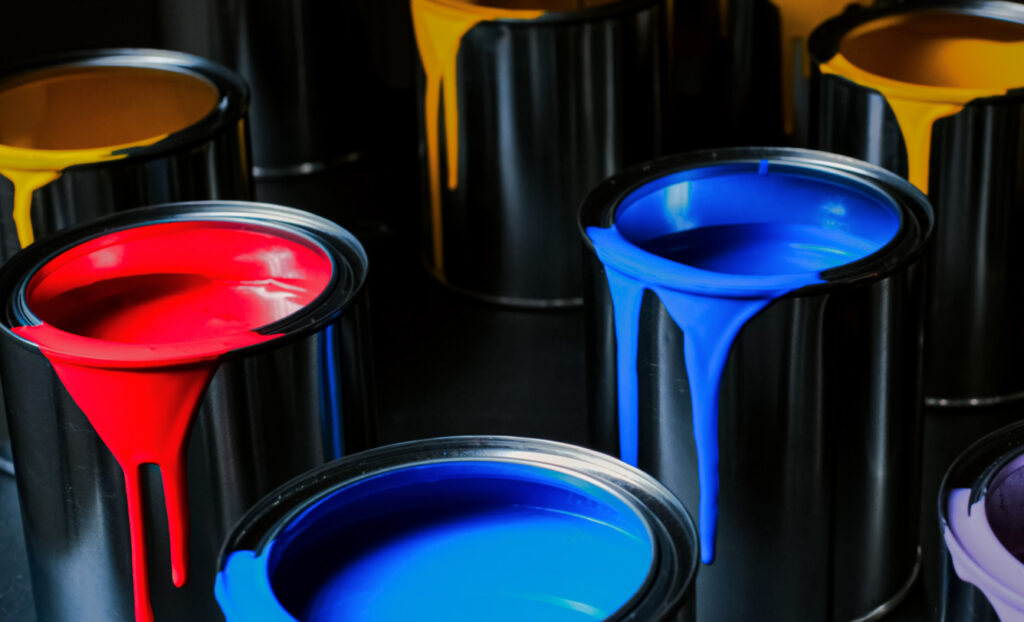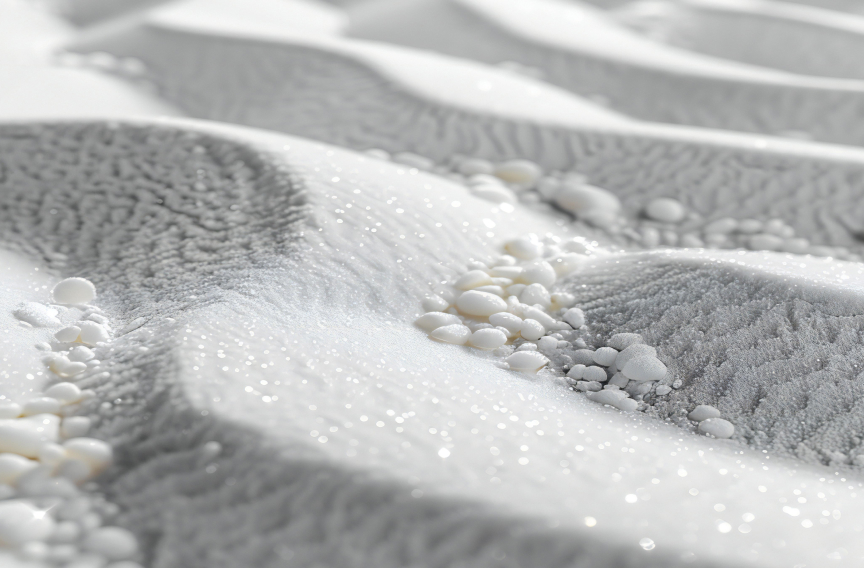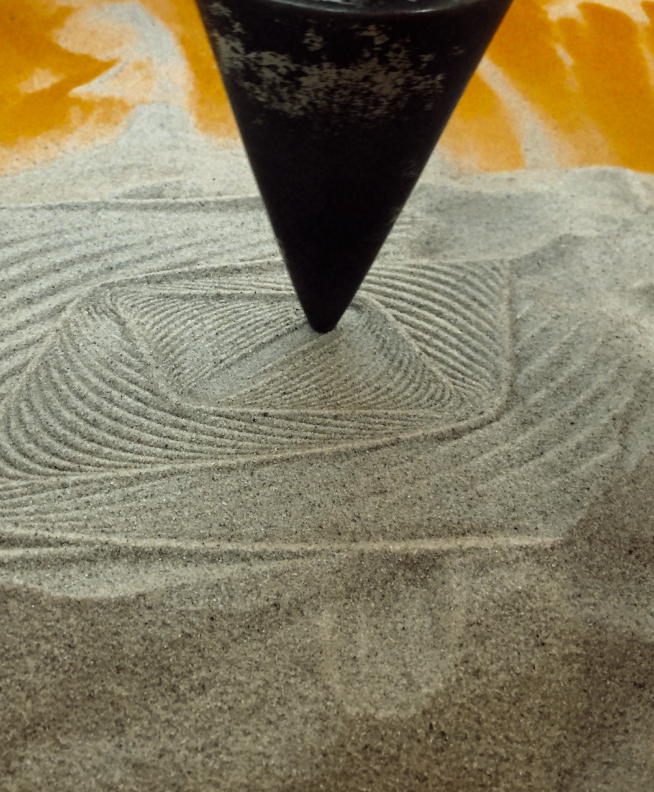In industrial manufacturing, the path that fluids, gases, and materials take through porous media directly impacts operational efficiency, product quality, and cost-effectiveness. Tortuosity—the measure of how twisted or complex these flow paths are through porous media—is a critical factor affecting industrial performance. When flow paths become highly tortuous, they create resistance, reduce efficiency, and increase operational costs across applications ranging from hydraulic fracturing to metal casting and filtration systems. Complex, winding pathways force fluids to travel greater distances, encounter more resistance, and experience turbulent flow conditions that waste energy and reduce throughput.
The Science Behind Flow Path Tortuosity
What is Tortuosity?
Tortuosity is technically defined as the ratio of the actual flow path length to the straight-line distance between two points in a porous medium, where increased tortuosity directly correlates with higher pressure drops and reduced flow rates following established fluid mechanics principles. The relationship becomes particularly complex when considering both Darcy and non-Darcy flow regimes—while tortuosity affects pressure drop linearly in Darcy flow conditions, the impact becomes exponential at higher velocities where tortuous paths create turbulence and eddy currents that dramatically increase energy losses. Understanding these flow regimes is crucial for optimizing industrial systems, as the transition from laminar to turbulent flow often occurs at lower velocities in highly tortuous media than in straight channels, with beta factors quantifying the additional pressure drop caused by inertial effects in tortuous pathways.
Why Tortuosity Matters
The direct correlation between tortuosity and operational costs manifests across multiple industrial processes, where higher tortuosity requires increased pumping power to maintain desired flow rates, leading to elevated energy consumption and measurable increases in cost per unit of output. Tortuosity significantly affects heat transfer, mass transfer, and separation efficiency by creating uneven temperature profiles and non-uniform flow behavior that directly impacts product quality and process consistency. The impact of tortuosity on industrial operations includes:
- Increased pumping power requirements and energy costs
- Accelerated equipment wear and maintenance needs
- Reduced process efficiency and throughput capacity
- Higher lifecycle costs and operational complexity
Tortuosity Challenges Across Key Industries
Energy Sector: Proppant Pack Performance
In hydraulic fracturing operations, irregular particles create highly tortuous flow paths within fractures, reducing hydrocarbon recovery rates and well productivity. Traditional fracking sand proppants with angular shapes and inconsistent sizes pack randomly, creating winding pathways that impede fluid flow and reduce effective fracture conductivity. These tortuous paths become particularly problematic as reservoir pressures decline over time, when maintaining optimal flow becomes critical for economic recovery.
Flow restrictions extend beyond simple pathway blockage. Tortuous pathways generate pressure drops that reduce the effective drainage radius around fractures, limiting reservoir rock contribution to production. At higher flow rates, non-Darcy effects compound these problems, creating exponentially worse pressure drops that can severely limit well performance.
Metal Casting: Mold Permeability
Traditional sand casting media forms irregular gas evacuation pathways that impede proper mold breathing during metal pouring and solidification. Angular sand grains pack chaotically, creating twisted routes that trap gases rather than allowing clean evacuation. When molten metal enters the mold, these tortuous pathways prevent effective gas removal, leading to casting defects. The primary metal casting challenges from poor gas flow include:
- Gas entrapment leading to porosity and surface defects
- Uneven heat extraction causing solidification irregularities
- Thermal stress development from non-uniform cooling patterns
- Increased scrap rates and finishing requirements
Mining and Industrial Processing: Filtration and Grinding
In mining and processing operations, tortuous flow paths create serious operational headaches. Filtration systems suffer when fluid takes winding routes through media – some streams find shortcuts that bypass critical filtration zones, while others get stuck in dead-end areas for too long. This uneven flow means the system works harder but separates less effectively.
Grinding circuits face similar problems when material can’t move efficiently through tortuous pathways. The increased resistance forces equipment to work overtime, burning more energy and creating wear hotspots. The operational challenges created by tortuous pathways include:
- Higher energy costs from increased pumping requirements
- Reduced throughput in grinding and separation processes
- Accelerated wear on pumps, pipes, and processing equipment
- More frequent maintenance and unexpected downtime
How Ceramic Media Engineering Reduces Tortuosity
Precision Particle Design
Particle shape fundamentally determines how materials pack together and create flow pathways. Spherical particles naturally form uniform void spaces with consistent cross-sectional areas, while angular particles create irregular packing with random aperture sizes and orientations. This geometric advantage of spherical particles directly reduces tortuosity and improves flow efficiency throughout the system.
CARBO’s “round and smooth” particle characteristics represent precision engineering designed to minimize flow path complexity. The high sphericity and smoothness of KRYPTOSPHERE proppants create optimal packing arrangements that maintain consistent flow channels throughout the proppant pack. This engineered geometry ensures that flow paths remain as direct as possible while maintaining structural integrity under stress.
Single-mesh sizing eliminates the chaotic packing that happens when particle sizes vary widely. Uniform particle dimensions create predictable packing patterns with consistent void structures that keep tortuosity low. Surface smoothness also matters—rough particle surfaces disrupt flow and create turbulence that increases pressure drops, while smooth surfaces maintain more laminar flow conditions through the system.
Advanced Manufacturing Control
Consistent particle shape throughout production requires rigorous quality control to maintain the precise geometric characteristics that minimize tortuosity. Advanced screening and optical sorting technologies eliminate irregularly shaped particles that could disrupt optimal packing arrangements. This level of manufacturing control enables producers to deliver products with predictable flow characteristics and consistent performance.
Minimal internal porosity contributes to structural integrity while maintaining optimal external geometry. Particles with high internal porosity can collapse under stress, creating fines that increase tortuosity and reduce flow efficiency. Advanced manufacturing processes create dense, durable particles that maintain their shape and packing characteristics throughout their service life.
Key manufacturing control elements that minimize tortuosity include:
- Precision screening for consistent particle size distribution
- Optical sorting to eliminate irregular shapes
- Thermal processing control for optimal particle density
- Surface treatment for enhanced smoothness characteristics
Material Properties Impact
Near-perfect particle geometry requires high sphericity and roundness values to minimize tortuosity. These quantitative measures reflect the precision engineering behind optimal flow path characteristics. The combination of high sphericity and roundness ensures that particles pack efficiently while maintaining maximum flow area.
Reduced beta factors for non-Darcy flow indicate lower tortuosity and more efficient flow paths. Advanced ceramic technologies demonstrate lower beta factors compared to conventional materials, indicating reduced inertial pressure losses and improved flow efficiency at high velocities. This performance advantage becomes particularly important in high-rate applications where non-Darcy effects dominate pressure drop behavior.
Chemical inertness maintains optimal geometry over time by preventing particle degradation that could increase tortuosity. High-quality ceramic materials resist chemical attack from process fluids, maintaining their shape and surface characteristics throughout extended service periods. This durability ensures that tortuosity benefits persist throughout the operational life of the system.
Benchmark Performance: Quantifying Ceramic Media Advantages
Conductivity, permeability, and pressure drop measurements reveal the real-world benefits of tortuosity optimization. Advanced ceramic proppant technologies demonstrate measurable improvements across all these parameters, with substantial conductivity increases and permeability improvements compared to traditional materials. These performance gains translate directly to improved operational efficiency and reduced costs across industrial applications.
Beta factor improvements in engineered ceramic media show significant reductions compared to conventional materials like angular sand or irregular particles. Lower beta factors indicate reduced non-Darcy pressure losses and more efficient flow paths, particularly important in high-velocity applications. Key quantifiable benefits of tortuosity optimization include:
- Substantial conductivity and permeability improvements
- Reduced energy consumption and pumping requirements
- Extended equipment life through uniform operating conditions
- Improved throughput and processing capacity
Cost savings through efficiency gains accumulate across multiple operational aspects, as lower tortuosity creates more predictable flow patterns with reduced turbulence and pressure fluctuations throughout industrial systems.
Testing and Tuning: Best Practices for Tortuosity Management
ISO (International Organization for Standardization) testing protocols establish standardized methods for measuring how tortuosity affects conductivity and permeability. These standards allow consistent performance evaluation and fair comparisons between different media types across industrial applications. Leading manufacturers implement testing protocols that exceed industry standards to ensure optimal performance characteristics.
Quality control protocols monitor particle characteristics that directly affect tortuosity including sphericity, roundness, and size distribution. Advanced measurement systems track these parameters throughout production to ensure consistent performance in industrial applications. Essential measurement and optimization practices include:
- Standardized conductivity and permeability testing
- Particle geometry analysis using advanced imaging
- Flow path visualization and modeling techniques
- Continuous performance monitoring and adjustment
Performance monitoring and optimization continue throughout system operation to maintain optimal tortuosity characteristics. Regular testing and analysis enable operators to identify changes in system performance and optimize operating conditions for maximum efficiency across diverse industrial processes.
Taking Action: Your Path to Better Flow Efficiency
Tortuosity is a critical but often overlooked factor affecting industrial process efficiency, product quality, and operational costs across diverse applications from hydraulic fracturing to metal casting and industrial processing. CARBO’s engineering approach to tortuosity optimization through precision-manufactured ceramic media delivers measurable benefits by combining spherical particle geometry, uniform sizing, and advanced manufacturing control to create products that minimize tortuosity while maintaining structural integrity and chemical resistance. For technical consultation on tortuosity optimization solutions specific to your industrial applications, contact CARBO’s engineering team to discuss how advanced ceramic media can improve your process efficiency and product quality.
Our Engineered Ceramic Solutions
Since 1979, CARBO Ceramics has been the global leader in engineered ceramic solutions, transforming industrial efficiency across energy, foundry, mining, and manufacturing sectors. As an American manufacturer with operations spanning 120 countries, we combine four decades of innovation expertise with cutting-edge technology to solve our customers’ most complex operational challenges.
Our precision-engineered ceramic media—from ultra-conductive KRYPTOSPHERE proppants to high-performance ACCUCAST foundry solutions—deliver measurable improvements in productivity, safety, and sustainability. With state-of-the-art manufacturing facilities located across the United States, we maintain the highest quality standards while supporting diverse industries with transformative ceramic technologies.
At CARBO, we don’t just manufacture ceramic products; we engineer solutions that redefine performance standards. Our commitment to innovation, integrity, and customer focus drives us to push the boundaries of what’s possible in ceramic technology, empowering global industries with advanced materials that deliver lasting competitive advantages.
Frequently Asked Questions
What is tortuosity and why does it matter in industrial processes?
Tortuosity measures how twisted or complex flow paths are through porous media, directly affecting pressure drops and operational efficiency. Higher tortuosity increases energy consumption, reduces throughput, and can cause equipment wear in industrial applications. Optimizing tortuosity through engineered ceramic media can significantly improve process performance and reduce operating costs.
How do CARBO’s ceramic solutions reduce tortuosity compared to traditional materials?
CARBO’s precision-engineered ceramic particles feature spherical shapes, uniform sizing, and smooth surfaces that create more direct flow paths. Unlike angular traditional materials that pack randomly, our engineered geometry produces consistent void structures with minimal flow path complexity. This results in measurably lower pressure drops and improved system efficiency.
How do you measure and monitor tortuosity in industrial systems?
Tortuosity effects are measured through standardized conductivity and permeability testing following industry protocols like ISO standards. CARBO uses advanced particle geometry analysis and flow path modeling to optimize product performance. Regular performance monitoring helps maintain optimal tortuosity characteristics throughout system operation.









